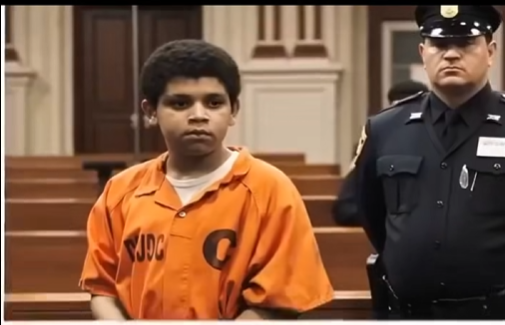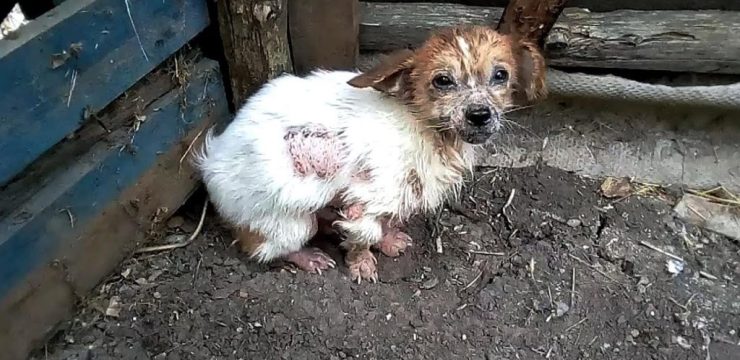Imagine being only twelve or thirteen years old, sitting in a cold prison cell, and realizing you will never walk free again. No high school, no college, no family, no future—just the echo of steel doors closing behind you. This might sound like the premise of a dark novel, but for dozens of children across the United States, it is an unrelenting reality. These are minors sentenced to life in prison without the possibility of parole—a punishment that denies them any chance at redemption, growth, or a second chance.

The United States has long been known for its tough-on-crime policies, but buried beneath this system lies one of its most troubling contradictions: the sentencing of children to die in prison. Human rights organizations such as Human Rights Watch and the Equal Justice Initiative have exposed that at least 79 children under the age of 14 are currently serving life sentences without parole across the country. Each case represents not only a tragedy for the child involved but also a reflection of a justice system struggling to balance punishment with humanity.
A System That Forgets Childhood
Children are fundamentally different from adults in their emotional, psychological, and moral development. They act impulsively, are easily influenced by peers or adults, and often lack the ability to foresee the long-term consequences of their actions. The Supreme Court of the United States has acknowledged this distinction in several landmark rulings, emphasizing that “children are constitutionally different from adults for purposes of sentencing.” Yet, despite this recognition, the practice of sentencing minors to life without parole continues in many states.
Most of the minors serving these sentences were involved in serious crimes, often violent ones, such as robbery-related homicides. However, in numerous cases, the child was not the person who pulled the trigger or delivered the fatal blow. Some were merely present during the crime or acted under the influence of older individuals. In many jurisdictions, laws known as “felony murder” statutes allow individuals to be charged with murder even if they did not intend or directly cause a death—an approach that can easily ensnare children who lack the maturity to fully understand the consequences of their actions.
The Weight of Circumstance
Behind nearly every child sentenced to life lies a deeper story of hardship and neglect. Many of these young offenders grew up in environments marked by poverty, family instability, abuse, or exposure to violence. Studies have shown that a large portion of these children suffered from untreated mental health issues or learning disabilities that were never properly addressed. Some were raised in neighborhoods where crime was a daily reality and survival often required impossible choices.
Yet when these children appear in court, the conversation rarely includes these factors. The system often views them through a narrow lens of guilt and punishment. Prosecutors argue for the maximum penalties, while the child’s background—poverty, trauma, and lack of parental guidance—is treated as an afterthought. In many cases, these minors are tried as adults, stripped of the protections typically afforded to children in the justice system.
A Notorious Example: The Lionel Tate Case
One of the most well-known cases illustrating this issue is that of Lionel Tate. At just 12 years old, Tate was convicted of murdering a six-year-old girl during what he described as a “play wrestling” match. Prosecutors charged him as an adult, and he became the youngest American ever sentenced to life in prison without parole. The public was outraged. How could a 12-year-old child be held to the same legal standard as an adult? The debate that followed brought national attention to the ethics of sentencing minors to such extreme punishments.
Eventually, Tate’s sentence was overturned, and he was released after serving three years, but his case exposed a painful truth: the system was willing to throw a child’s life away without fully understanding what that meant. His story remains a stark reminder of how justice can blur when compassion is forgotten.
A Question of Justice or Retribution
The central debate around life sentences for minors often revolves around one key question: what is the purpose of punishment? Is it to seek justice for the victim, to deter future crimes, or to rehabilitate those who offend? In the case of children, the line becomes even more delicate. Neuroscientific research has consistently shown that the human brain—particularly the areas responsible for decision-making and impulse control—continues to develop well into a person’s twenties. This scientific understanding challenges the notion that a child’s worst decision should define them forever.
Critics argue that sentencing a child to life without parole eliminates the very concept of rehabilitation. It assumes that a young person is incapable of change, growth, or remorse—a stance that stands in contrast to what psychology, neuroscience, and human experience all tell us.
Movements Toward Reform
Over the past decade, growing awareness of these injustices has led to reforms in several states. The Supreme Court rulings in Miller v. Alabama (2012) and Montgomery v. Louisiana (2016) declared mandatory life without parole for minors unconstitutional and required that courts consider a child’s age and potential for rehabilitation before imposing such sentences. These decisions opened the door for resentencing and parole hearings for hundreds of incarcerated youth.
Yet, despite progress, the path toward justice remains uneven. Some states have found ways to sidestep these rulings, and new cases continue to arise. The patchwork nature of state laws means that whether a child spends life behind bars can depend more on geography than on fairness or morality.
A Society’s Moral Test
The existence of children serving life without parole forces Americans to confront uncomfortable questions about justice, mercy, and the role of forgiveness. What does it say about a nation that prides itself on freedom and opportunity, yet allows children to grow old and die in prison? Is there truly justice in punishment that denies the possibility of redemption?
For many advocates, the answer lies in creating a system that balances accountability with compassion. Justice does not mean ignoring the pain of victims or their families—it means ensuring that punishment is both fair and humane. It means recognizing that even those who commit terrible acts as children are still capable of transformation.
Conclusion
The practice of sentencing children to life without parole remains one of the darkest corners of the American justice system. It reflects a failure to see children for what they are—developing, fallible, and capable of change. As the nation continues to debate the boundaries between punishment and mercy, the challenge is clear: to build a justice system that upholds responsibility while still leaving room for hope. Because a society that denies children the chance to change ultimately denies its own humanity.





